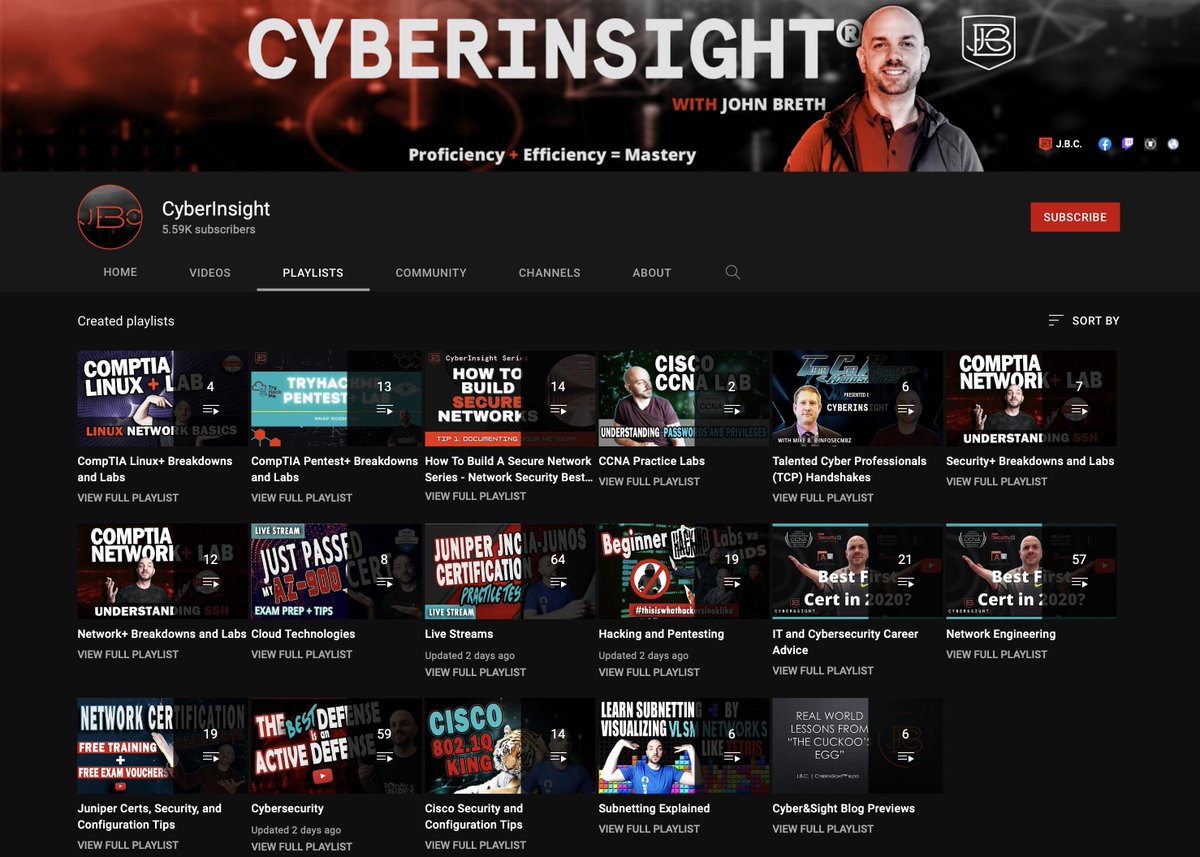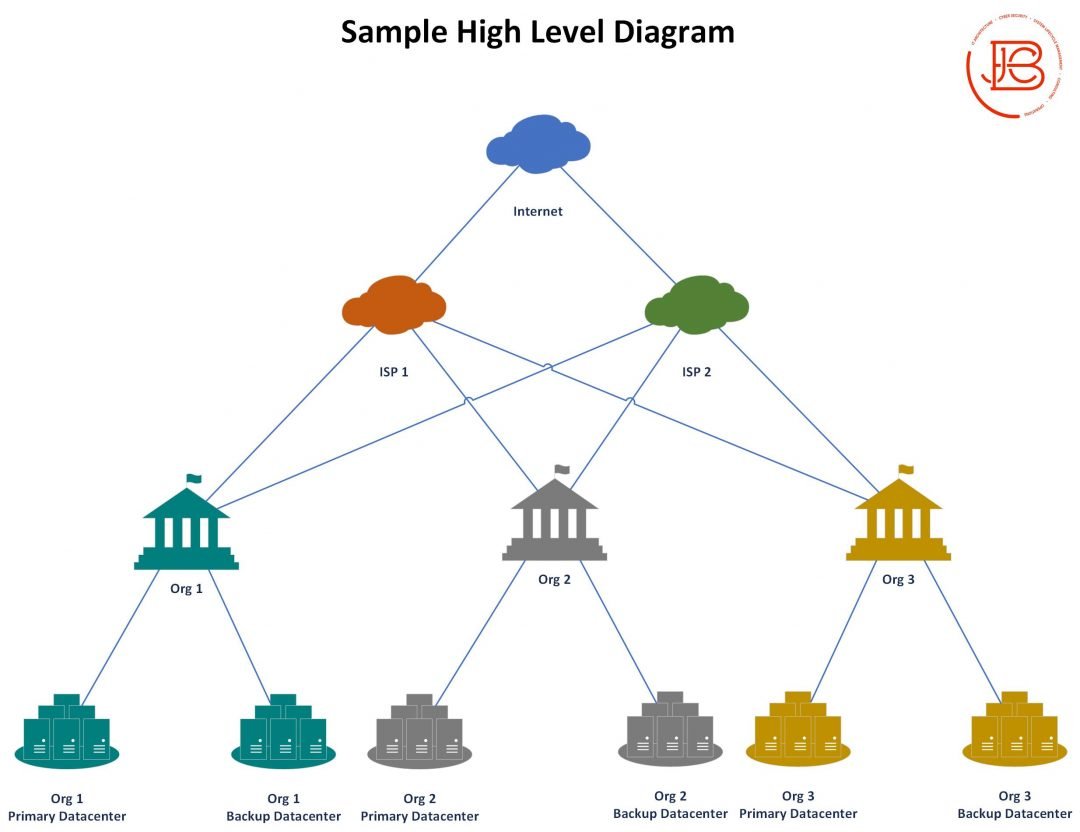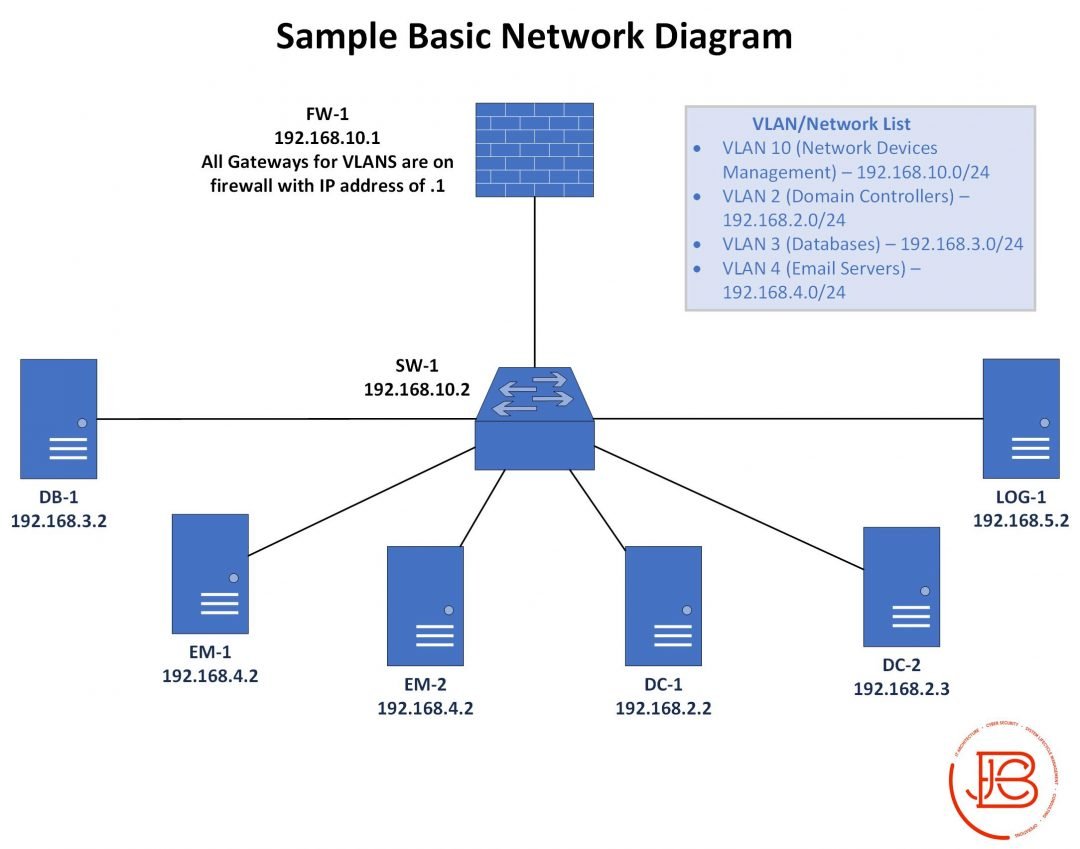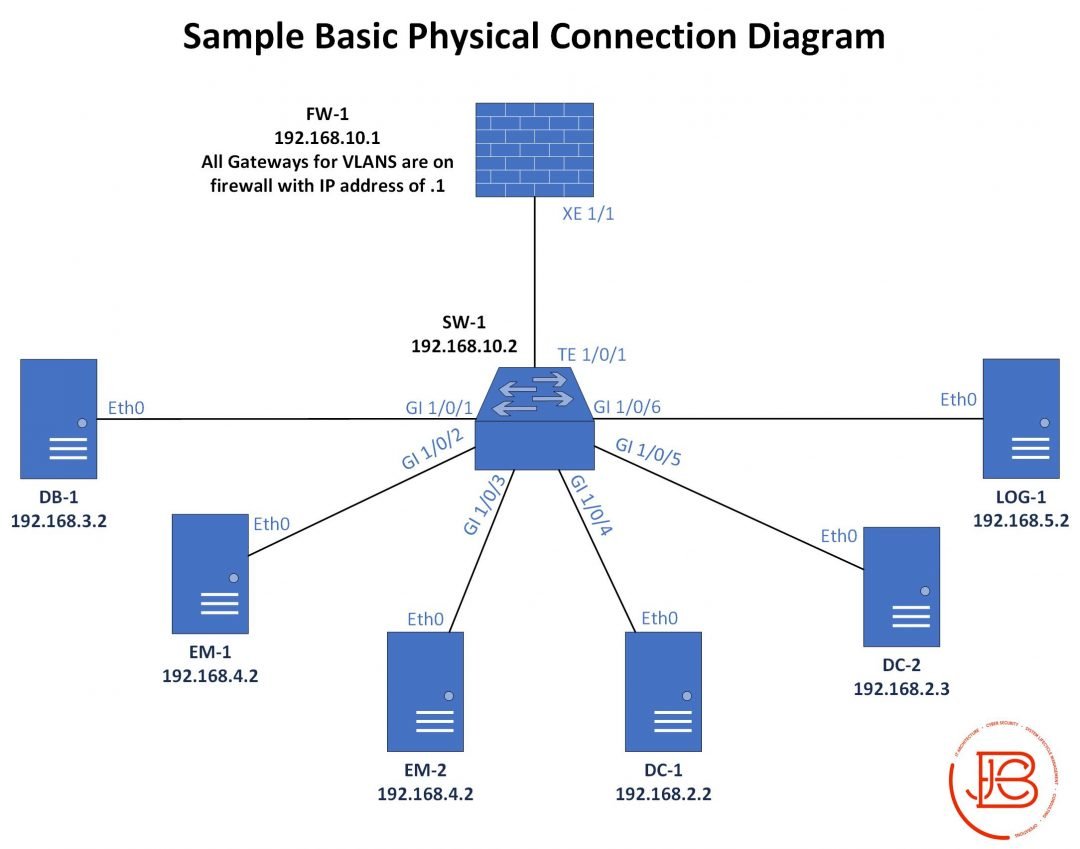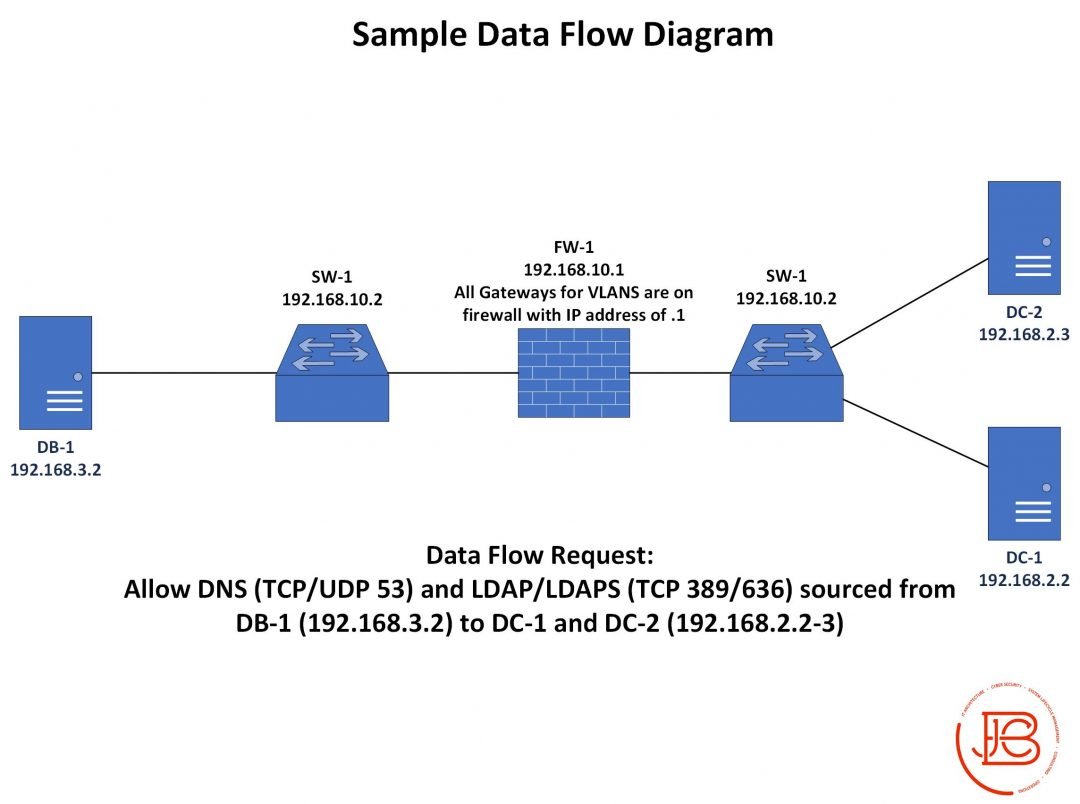
How do you connect different networks in #Azure? The primary was is through VNET peering. In this thread, I'm going to do a quick breakdown to help you understand this cloud magic! 
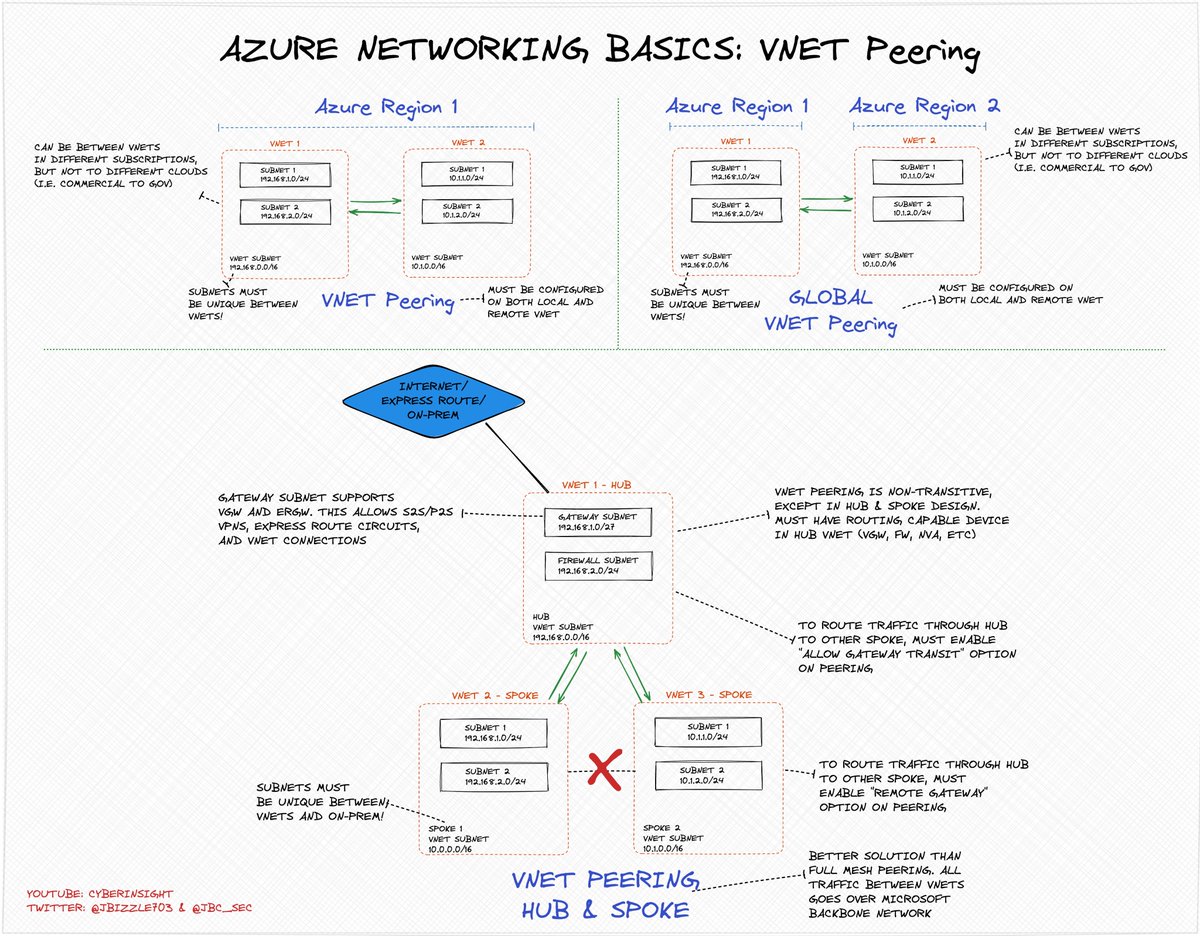
Azure VNET Peering allows you to connect two Azure virtual networks (VNETs) creating a secure and fast connection between the two.
This allows communication between resources in the two VNETs without going through the public internet but instead over the Microsoft backbone!
This allows communication between resources in the two VNETs without going through the public internet but instead over the Microsoft backbone!
There are two types of VNET peering - "Global VNET Peering" & "Regional VNET Peering." Global VNET Peering enables connectivity between virtual networks in different regions. 



This is great, except it doesn't scale well when you have multiple VNets to connect, because the routing between them ins't transitive (a VNet doesn't know about other non-connected VNet networks). That means to enable full connectivity you need a full mesh architecture😱
But...
But...
A Hub and Spoke design is a popular architecture in Azure cloud computing that allows you to centralize network connectivity using a "hub" VNET, which acts as a central network for connecting multiple "spoke" VNETs. 

The hub VNET acts as a centralized point of connectivity for the spoke VNETs, enabling communication between all resources in the network.
Additionally, using VNET peering in a hub and spoke design allows you to apply network security and access policies at the hub level!!!
Additionally, using VNET peering in a hub and spoke design allows you to apply network security and access policies at the hub level!!!
If you want to learn hands-on about how to implement Azure VNet Peering, check out my latest lab walkthrough!🤝


• • •
Missing some Tweet in this thread? You can try to
force a refresh





